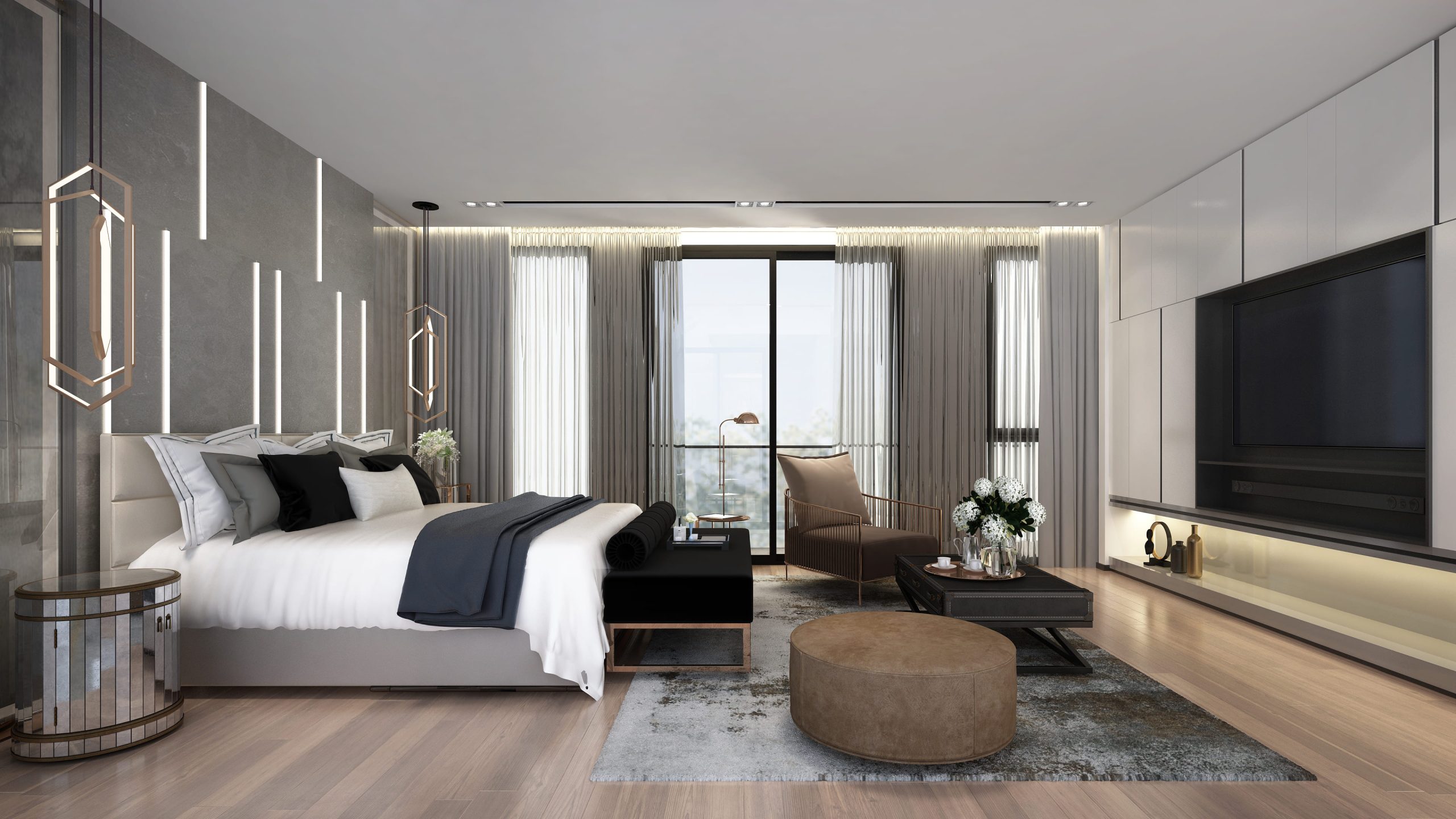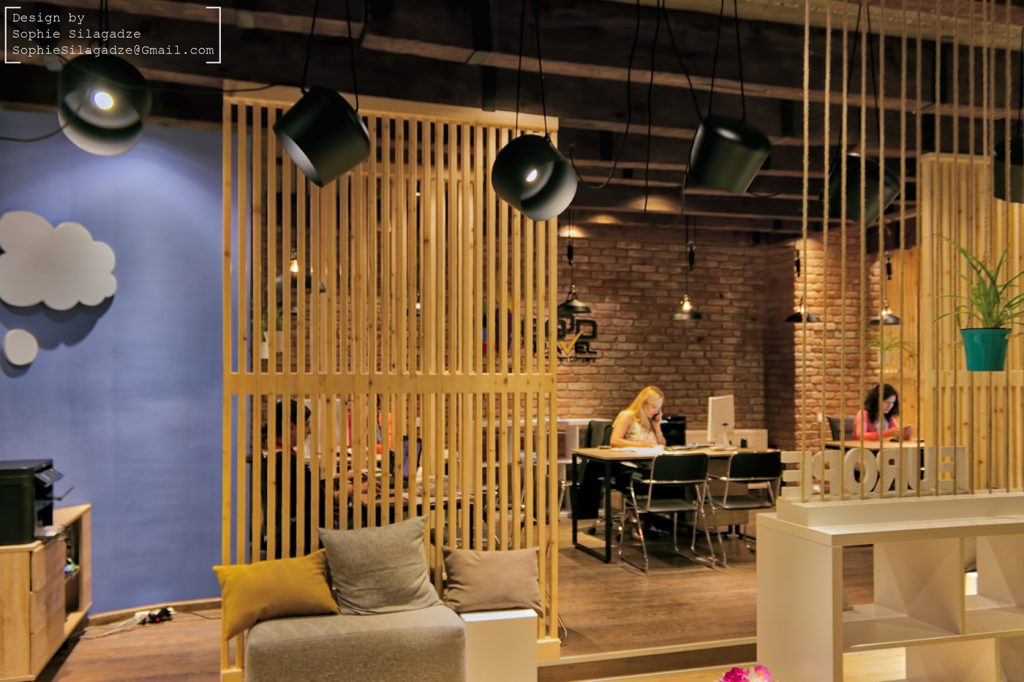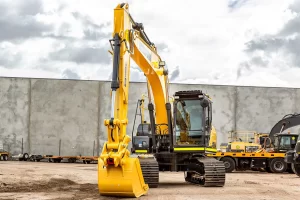
Recognizing the environmental challenges posed by urban living, the firm has made a deliberate effort to incorporate eco-friendly materials into their designs, setting a new standard for environmentally conscious interior design in the vibrant cityscape of Hong Kong. Interior Design Hong Kong, a leading force in the realm of interior design, has consistently pushed the boundaries of creativity and responsibility by placing a strong emphasis on sustainability in their projects.
Objective:
This case study seeks to delve deeper into Interior Design Hong Kong’s innovative use of sustainable materials, highlighting how their eco-conscious choices contribute not only to visually appealing spaces but also to a more sustainable and responsible future.
1: Reclaimed Wood Elegance
Client Brief:
A client with a penchant for sustainability and a desire for a warm and inviting space engaged Interior Design Hong Kong. The challenge was to create an eco-friendly design that exuded a sense of elegance. The firm, in response, chose reclaimed wood as a primary material. Salvaged from old buildings, the wood was repurposed into bespoke furniture and accent features, introducing a unique charm to the space. By opting for reclaimed wood, Interior Design Hong Kong not only minimized the demand for new resources but also breathed new life into materials with historical character. This case study showcases the firm’s ability to marry aesthetics with sustainability through thoughtful material selection.
2: Recycled Metal Accents
Client Brief:
In a project characterized by a modern and industrial theme, Interior Design Hong Kong faced the challenge of incorporating sustainable elements without compromising the desired aesthetic. The solution lay in recycled metal, employed for various design elements such as light fixtures and accent pieces. By repurposing metal, the firm not only contributed to waste reduction but also introduced a sense of uniqueness and character to the space. This case study underscores Interior Design Hong Kong’s capacity to seamlessly integrate recycled materials into contemporary designs without sacrificing style or function.
3: Bamboo Bliss in Urban Living
Client Brief:
Urban living often presents challenges in terms of space optimization and sustainable practices. Interior Design Hong Kong addressed these concerns in a compact apartment project by turning to bamboo. The versatile and rapidly renewable resource was utilized for flooring, furniture, and decor. Its lightweight and durable nature made it an ideal choice for maximizing space while minimizing the ecological footprint. This case study illustrates the firm’s creative use of sustainable materials in addressing the unique challenges of urban living, contributing to a more eco-friendly and efficient use of space.

4: Low VOC Paint and Finishes
Client Brief:
Health-conscious clients sought an interior design that not only met aesthetic aspirations but also prioritized indoor air quality. Interior Design Hong Kong, in response, meticulously selected paints and finishes with low VOC content. This commitment to using materials with minimal Volatile Organic Compounds ensured a healthier indoor environment, demonstrating the firm’s dedication to the well-being of occupants beyond aesthetic considerations. This case study reinforces Interior Design Hong Kong’s holistic approach to sustainability, considering both environmental impact and human health.
Conclusion:
Interior Design Hong Konghas not only embraced but championed sustainable design practices through the strategic use of eco-friendly materials. From the elegance of reclaimed wood to the industrial charm of recycled metal, the firm has showcased a versatility that challenges preconceptions about sustainable design.




